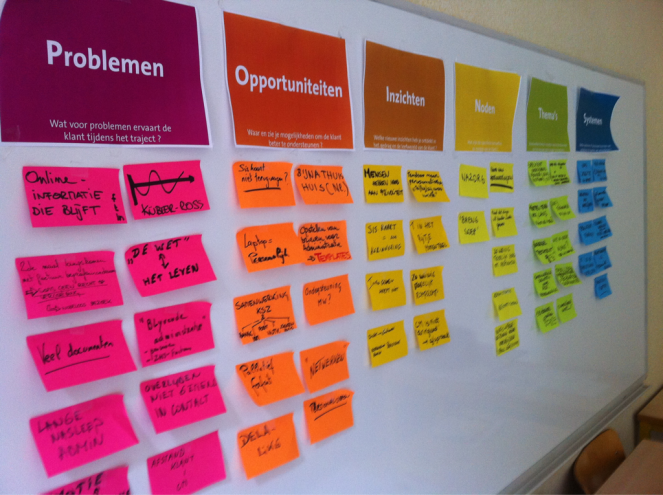“To design is much more than simply to assemble, to order, or even to edit; it is to add value and meaning, to illuminate, to simplify, to clarify, to modify, to dignify, to dramatize, to persuade, and perhaps even to amuse.” – Rand, P.
“The defining characteristic of designers, it has been said, is that they are eternally optimistic but continually dissatisfied. As such there is something of the designers in all of us. In fact the act of ‘designing’ is something inherently human” (Siodmok 2008:24).
Design is…
Design is many things to a wide variety of different people across diverse fields and countless contexts…
For me: it’s the difficult to define, but powerful notion of doing things creatively with a particular aim in mind, an attentive approach to solving problems and changing ideas, arrangements or matter.
Design has been defined as:
“the expression of intentionality through interactions and relationships” (Daniel Christian Wahl and Seaton Baxter)
“the transformation of existing conditions into preferred ones” (Simon, 1996: 4) & “a rational set of procedures that respond to a well-defined problem”.
“An integrative process – the synthesizing of parts into a whole” (Howard Brown, Robert Cook & Medard Gabel)
“as a liberal art, uniquely well-placed to serve the needs of a technological culture in which many kinds of things are designed, and human problems are complex”(Buchanan, 1992)
“Design is never simply an instantiation of received conventions, derived from what might at times seem to be the stable disciplinary rules of technology or aesthetics…
It is always and necessarily a process of transformation. As such it is an agency of change” (Cope and Kalantziz 2011:49).
Design Science
[Design Science is] “…the effective application of the principles of science to the conscious design of our environment in order to help make the Earth’s finite resources meet the needs of all humanity without disrupting the ecological processes of the planet” – Buckminster Fuller.
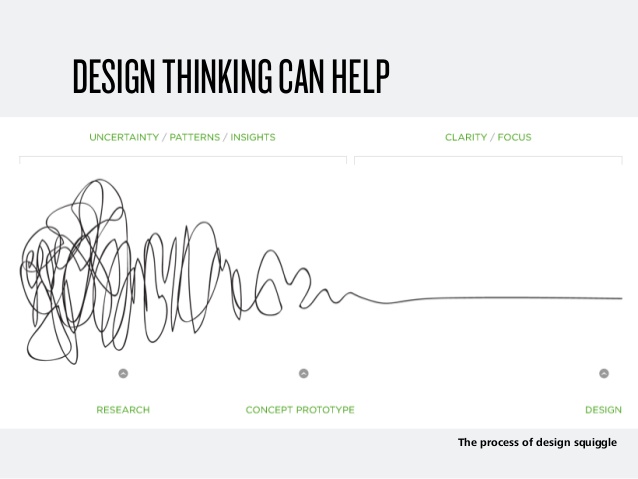
Day 5 – Design in the realm of the social
Guest lecturer – James Taylor:
Artists of the Invisible
Design as a conscious and intentional intervention into the world to change shape or form in order to perform a specific function.
Changing that which is already there – not making anything new but reshaping the existing.
What does design me to me and how I do things/live my life?
The purely social has no aesthetic … relationship between structure of businesses and nature of relationships is reflected in the work that it does – Richard Rogers.
Social organisations are groups of people coming together to do things that they cannot do alone.
Increasing trend of toxic organizations.
Organisations as living things like organisms with their own power over the individuals within the organisations.
Structures as regular pattern and grooves of accustomed habituation. – Johan Graaf
Structural Design elements shaping organisations. The importance of seeing the systems – transformation aimed at solving the problem of the system (society). New organisational forms are emerging, rather than leaving the organisation behind.
What design contributions am I making? How am I designing in my life? Stuff that I am doing that is shaping the world.
Where and what am I making and what is more conscious…
- writing pieces and designing information – part of writing a guide and talking about issues – moderately consicous
- making music – designing sound – very consicous
- gardening – shaping growth – very conscious
- interior design and DIY – semi-conscious
- cooking – designing nutrition and taste in presentable and edible form – semi-conscious
- dog training – designing animal behaviour and relationship with my pet – conscious
Important to conscientising processes and structures that have become unconscious / assumed – bringing intention into activities and choices. Culture is by definition unconscious – we each have an individual culture, then there is also organisational culture – the power lies in bringing the culture to consciousness in order to apply design to the patterns of behaviour which create our structures.
“relational patterns create societal structures”
EGO vs ECO
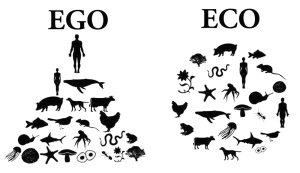
- the pyramid vs the circular (we are one)
- comes down to the nature of the relationships between the parts which is what design is concerned with.
Responsibility as the ability to respond to the needs of others in addition to ourselves.
Science as a religion.
Facilitating Emergence rather than designing organisations:
- Fire: build relationship – warmth to the project / connecting to the system in order to see the people and their relationships /consciousness of the relationships and frameworks – work on consciousness / seeing the invisible
- the system will reveal itself
- Air: gaining understanding by standing back / moving through crisis
- Water: facilitating transformation / letting go of your old patterns
- Earth: grounding in the new structure / design that works now
Design – does it help?
When I design…
my time, my living space, my budget, my schedule…my life
DESIGN HELPS!
By design I mean to think creatively and intentionally about changes that I would like to make, preferred states I would like to create and how I can make things better – look, feel, work better. Some times it involves innovation to solve a problem, sometimes simple tweaks and adjustments. At times redesigning means throwing out the old stuff (junk) and ideas.
My methods include:
Mind mapping, brainstorming, lateral thinking, imagining scenarios and improvements, assessing the problems at hand, questioning the function or goal of a thing or task. Reflecting and journaling.
More formal design methods:
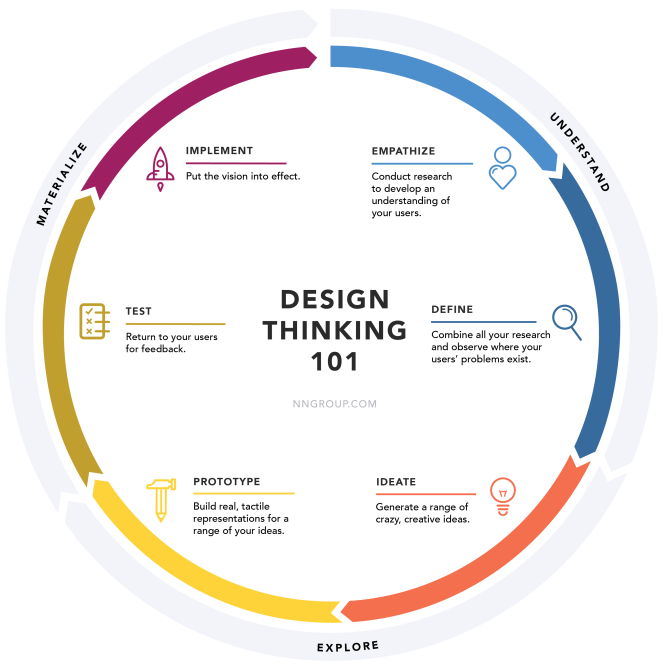
Day 3 Technology & Design
A product anyone over 70 would want to buy?
- A lightly padded, thermal control, massaging onesie
- A single button skype channel operated with radio dial design volume controller / Auto image on “radio” face
This exercise revealed that the solution is shaped by how the problem is perceived. The designers worldview. Innovation lies not in the technology but in the thinking.
Discussion about CPT as a design city… It is a bit designer too. An image conscious place – a designed designer city prized for its design thinking, not its spatial integration or material flows and infrastructural innovation.
See: Lost in Transition – book about inequality in SA and the four shaping factors
Four Spaces
We we asked to look at four spaces around the institute today:
(unfortunately I lost the drawings)
- A beautiful space
- An uncomfortable space
- A good alone-space
- A good group-space
Why do I consider each of them as such?
The natural spaces were more beautiful to me with their organic forms and complex shapes, different textures and colours that don’t have subtle names.
The good together space was outside the cafe – also with natural elements: plants, sky etc. It’s an informal and earthy space inviting engagement and reflection.
What did the space ‘communicate’?
My uncomfortable space was the reception table next to the drinks fridge and the toilets, behind a pillar, opposite a doorway, in a throughway. What an uncomfortable, poorly lit place for the receptionist to be doing her job, taking calls and having conversations with people at the institute. I feel uncomfortable just walking past her in that ugly space that says you don’t matter and you are neither here nor there. Bad Feng Shui design!
How did it make me feel?
The good-alone space made me feel peaceful and calm – able to think and be. The good together space made me feel open (bit vulnerable too), present and included. The beautiful space made me feel inspired and attentive. The uncomfortable one…blugh.
Social Design
Guest Speaker: Siphiwe Ngwenya
Maboneng Township Arts Experience
Alexander township arts project – displaying artists works in people’s homes.
Takes community partnership and needs public participation which can be seen as the curatorial process. Artists visit the homes to meet the homeowners and show them how to sell art.
Emphasis on working together to create solutions to problems and implement ideas.
The artworks form part of a conversation – building a narrative of place together.
Crafts and jewellery too – and different types of art from different people, from different places.
Focus on Solving Problems
Curious and people focussed – with public participation.
Creative solutions through dialogue – art or other means…
Mindset of becoming part of the creative process of creating solutions – taking a creative stance.
Day 2 – Urban Design
Spatial Design
& Visual Context
- the peanut at new castle – imagination
- durham church – awe-inspiring
- Hong Kong – movement space
- Mosque in Kuala Lumpur – depth and awe / calm
- Chiang Kai Chec – impressive / gathering space / culturally significant / scale
- Taipei shopping district – pedestrian space
- Kunming – bicycle lanes
- Company gardens and vegetation
- Granada and Madrid – water
- Taipei & Dubai – hierarchy in skyline
- Taipei cemetery
Urban design = 3D
Day 1 – What is Design?
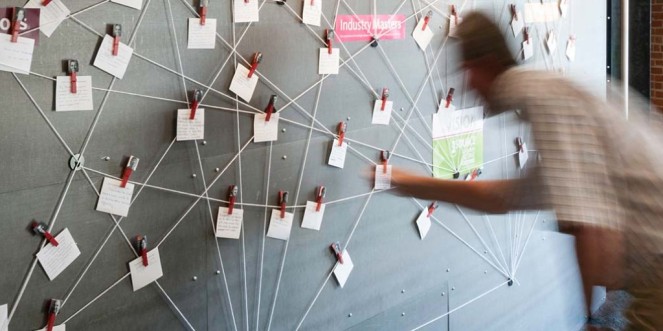
Design is a synthetic discipline, a creative field, a pretty pattern, a clever plan, a special look, an idea, a nifty solution to a problem, a cool product, an ordered process, an attitude, a way of thinking… an image-conscious wanna-be, a vain narcissist’s lifestyle, an expensive brand…a scheme, and an intentional act of creation.
“Although it has been well documented that design is a highly ambiguous term and that this is problematic for the field as a whole, many designers are resigned to this fact since it is unclear how one can resolve differences of opinion about what such a central and sensitive term means.”
– Andruchow, Robert
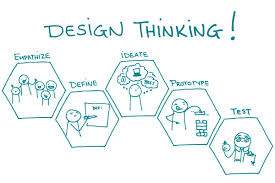
Stories, Talks & Videos
Great series addressing some of the common dominant narratives that we (societies) tell…
The Story of Stuff:
Also see the Story of Solutions…
& The Story of Change:
Tim Brown says the design profession has a bigger role to play than just creating nifty, fashionable little objects. He calls for a shift to local, collaborative, participatory “design thinking” …
More from Tim Brown, the CEO of the “innovation and design” firm IDEO:
- Adam Curtis – Century of the Self (BBC)
- Burneys – biomimicry
- Alec Ross
- Tomkins Cameron – sharing economies
- Ross Hopkins – transition villages
- Collection on Cape Craft & Design Institute: http://www.ccdi.org.za/news/249190/Videos-show-diversity-in-design-careers-for-young-people.htm
- The Genius of Design on BBC Two: http://www.bbc.co.uk/programmes/b00sdb8x/episodes/guide
The buts…
Design is a tool, and for as long as the human race is governed by fear, greed and selfishness the tool will only be as useful as we are capable of using it as whole human beings.
Thus far, design has proven a handy tool for furthering the aims of the elite. An ideal complement and accomplice in the capitalist frenzy of consumption and exploitation – social, economic and political.
Design – the tool
True, design (defined as problem solving), is an ideal tool for solving the multiple problems facing humanity today, but issues of power, politics, economics and culture are at the heart of our disasters, not problems of design. It is our values, our collective flaws and the sheer volume of our demands that inform how we use design, in the mainstream.
Design – an approach
Not design for the sake of design but design for a purpose. Rethinking how we live and redesigning our lifestyles, not simply redesigning products to solve surface levels problems, but addressing the root cause of the problems.
By stepping back and assessing problems from the perspective of design thinking we are able to see the vital connections, acknowledge the subjectivity of our problem definition and solution approach and to accept that there are unknowns and questions that need to be asked…
There are obstacles, like those encountered in philosophy – the act of thinking and seeing of understanding and designing is not an act that translate into substantive change in the real world with ease, if at all.
Transdisciplinarity
Complex problems are by their nature multi-disciplinary – what complex problems? Sustainability challenges – social, economic and environmental. That’s political, financial, corporate, public, intellectual, ethical, technological, material and spiritual – all connected.
The importance of transdisciplinarity cannot be underscored enough – this approach more than design or any other school of thought or tool is pivotal to making progress. The roots and manifestations of societal problems are intertwined and often connected / part of the same larger problem. Thinking about complex problems and attempting to solve them necessitates a transdisciplinary approach by its very nature.
Good Types of Design
The emerging and growing design movements that are helping us to take some form of action: Participatory Design, Co-Design and Design for Need.
There is a growing trend of new business models and solutions outside of the power structures – subverting and circumventing the status quo.
Human-Centred Design – that encourages in-depth investigation and immersion within beneficiary communities to intuitively inform designers of the best solution
Worst case scenario? (this is the pessimistic perspective)
It seems logical to believe that design can play a vital role in saving life as humanity knows it on earth. But, it seems humankind cannot solve the problems of the 21st Century, using design or any other tool. Even if our thinking were to radically change tomorrow, it may be simply too late to overcome the complex crises that we are currently experiencing.
Design can however make life more liveable and provide a more humane existence for a greater number of people than at present. Design can bring dignity to many of the have-nots and buy time for the haves, give us comfort and a means to express hope, but the opportunity for a complete turn-around may have passed humankind by!!
If there is any hope for humanity then design would likely be part of the transformation that rescues our species from extinction. Design is however not enough – even radical or revolutionary design as exciting and promising as these may seem. The truth is that design can help to improve conditions as we spiral out of control and to ease the suffering of people and natural systems that are lucky enough to benefit from good design.
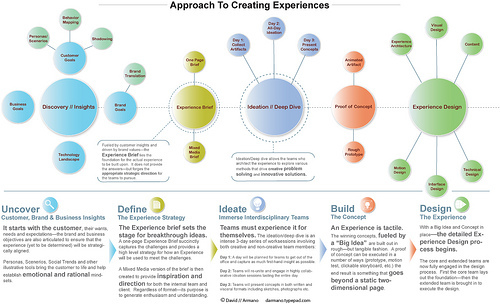
Books of Interest to Me
-
Tackling Wicked Problems Through the Transdisciplinary Imagination – By Valerie A. Brown, John Alfred Harris, Jacqueline Y. Russell
- The Designer’s Atlas of Sustainability – By Ann Thorpe
-
Design Futuring: Sustainability, Ethics and New Practice – By Tony Fry
-
The Handbook of Design for Sustainability – By Stuart Walker
-
Design for Sustainable Change: How Design and Designers Can Drive the Sustainability Agenda – By Anne Chick, Paul Micklethwaite
-
Design for Environmental Sustainability – By Carlo Arnaldo Vezzoli, Ezio Manzini
-
Design for Sustainability: A Sourcebook of Integrated Ecological Solutions – By Janis Birkeland
-
Design for Sustainability: A Practical Approach – By Vicky Lofthouse, Professor Tracy Bhamra
Now here’s some complexity…

